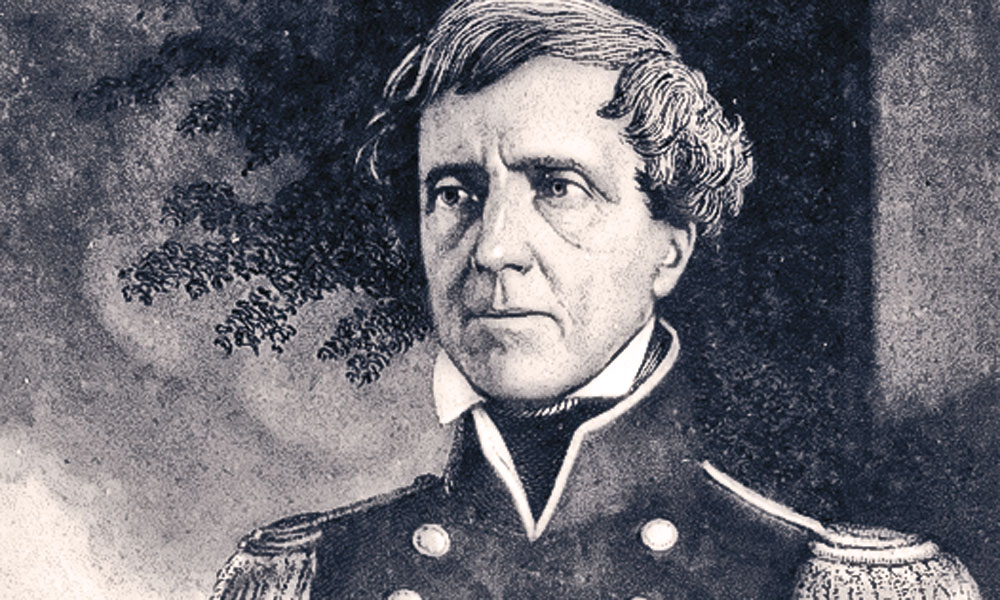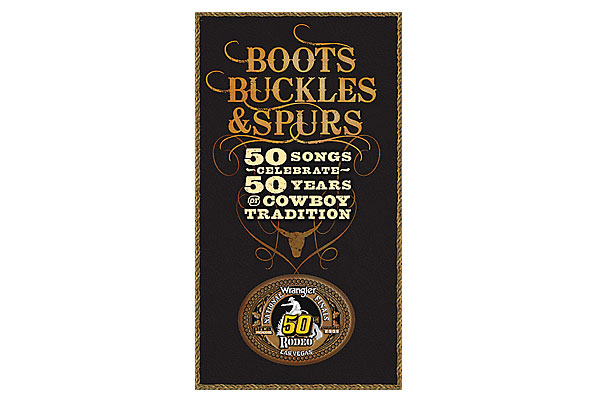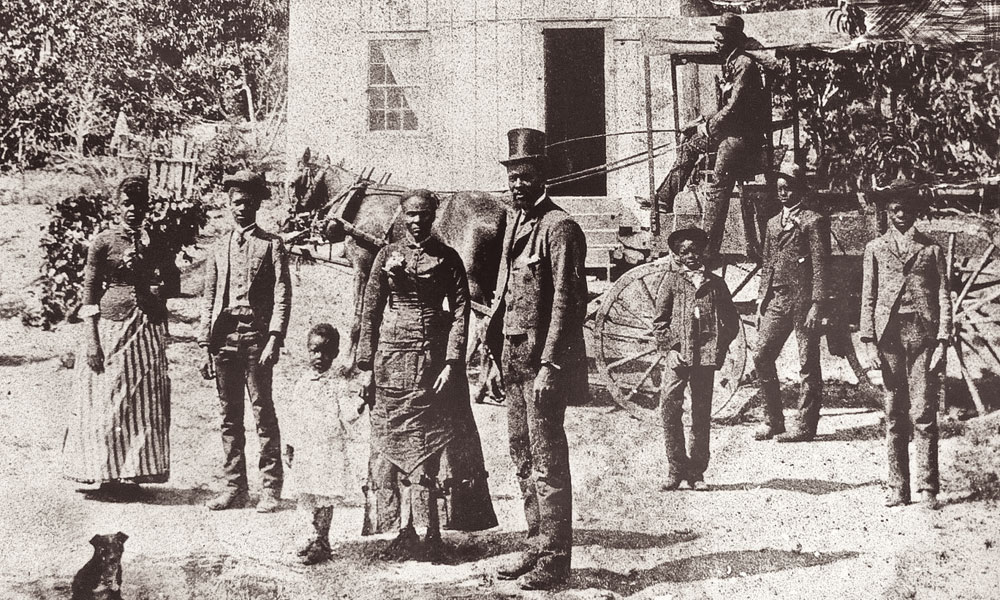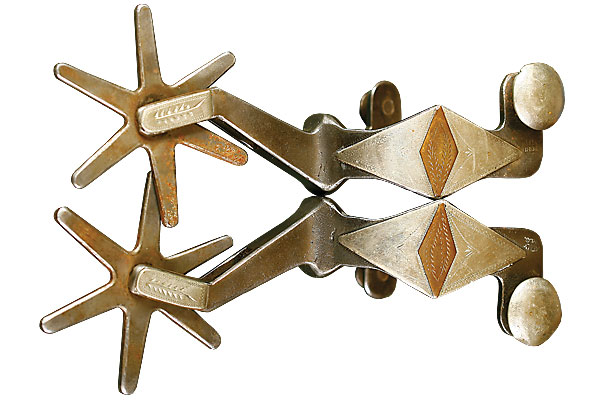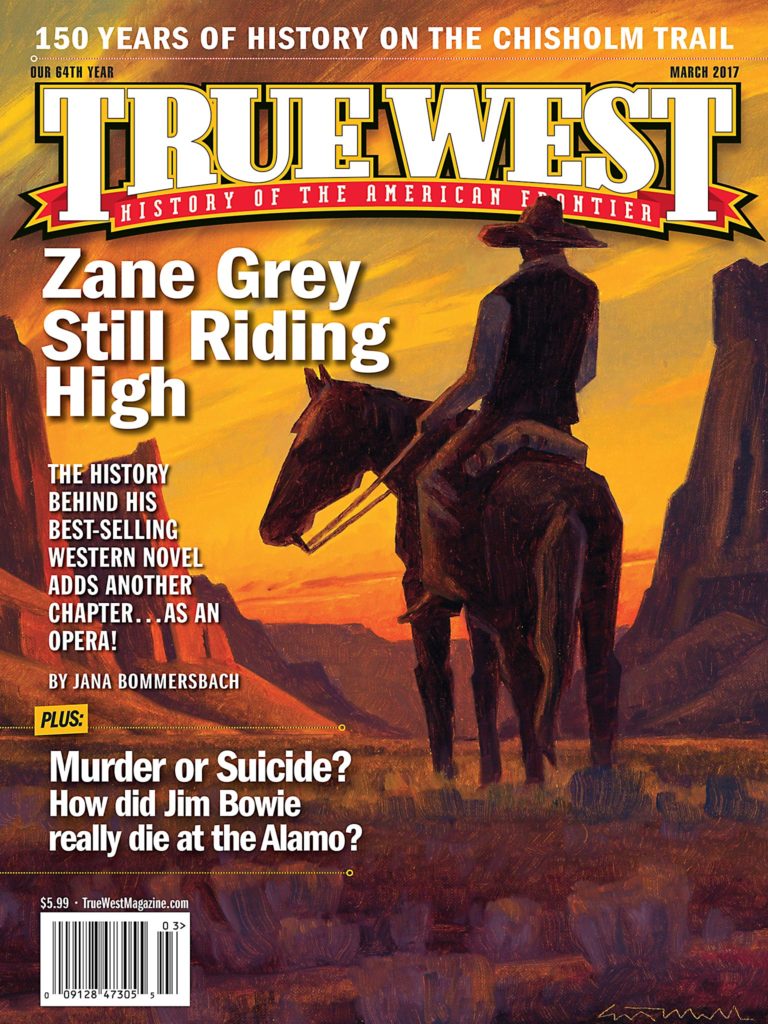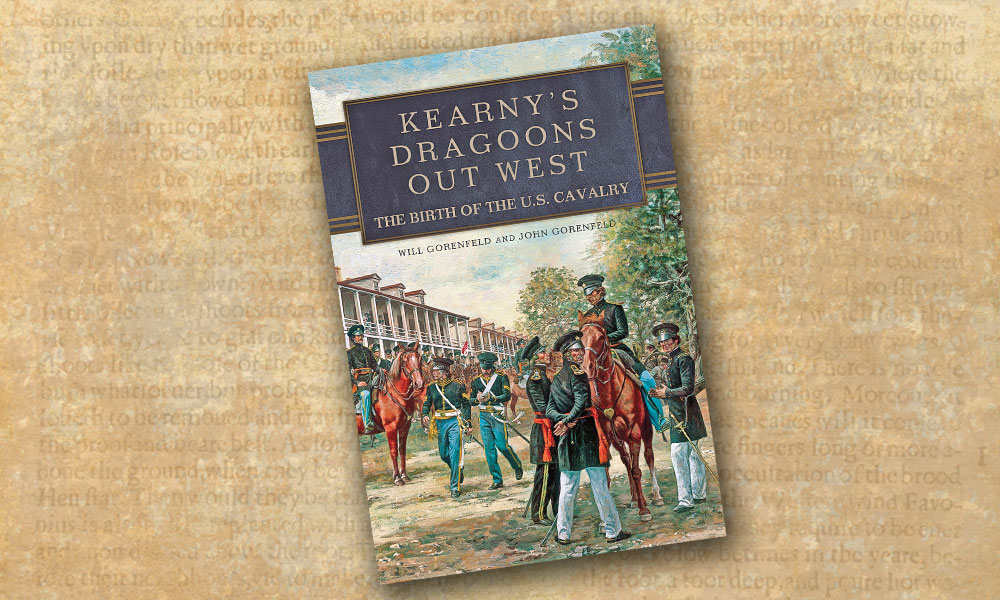
In literature, film and television, the role of the U.S. cavalry in the history of the American West has been as romanticized as any major element of Western popular culture. Similarly, historians have published countless articles, monographs and syntheses on the military history of the West, but very few have written the definitive chronicle of the cavalry’s origins and the role of horse soldiers in the creation of the 1st Dragoons from 1833 to 1848. Kearny’s Dragoons Out West: The Birth of the U.S. Cavalry (University of Oklahoma Press, $34.95) by Will Gorenfeld and John Gorenfeld is the first major history of its kind for nearly a century. The work explores the development of the U.S. Army’s regiment of mounted horsemen for military and diplomatic action in the Trans-Mississippi West. The father and son duo’s well-written, thoroughly annotated volume examines the political, technical, geographical and physical reasons behind Congress’s authorizing the creation of the dragoon regiment soon after the Indian Removal Act of 1830 and the rise of the American ideal of “Manifest Destiny.” The Gorenfelds state in the Prologue: “The sluggish trek of foot soldiers and cannon proved ill-suited to western peacekeeping tasks: protecting settlers from highly mobile tribesmen mounted on horseback and protecting the removed tribes from settlers.”
The Gorenfelds’ history of the 1st Dragoons is extremely thorough and provides today’s historians with a focused volume that contextually places the reader on the historic trail of the United States’ rapid growth to the edge of the Mississippi River in the 1820s and early 1830s, just prior to the development of the Oregon Trail and the end of the mountain man-fur trade era in the far West.Economically and territorially the vast interior of Louisiana Territory, the growth of trade with the Mexican states of Texas, New Mexico and California, as well as the growing rivalry with Great Britain in the Northwest forced the American government to act or lose control or territory to its rivals or Native tribes.
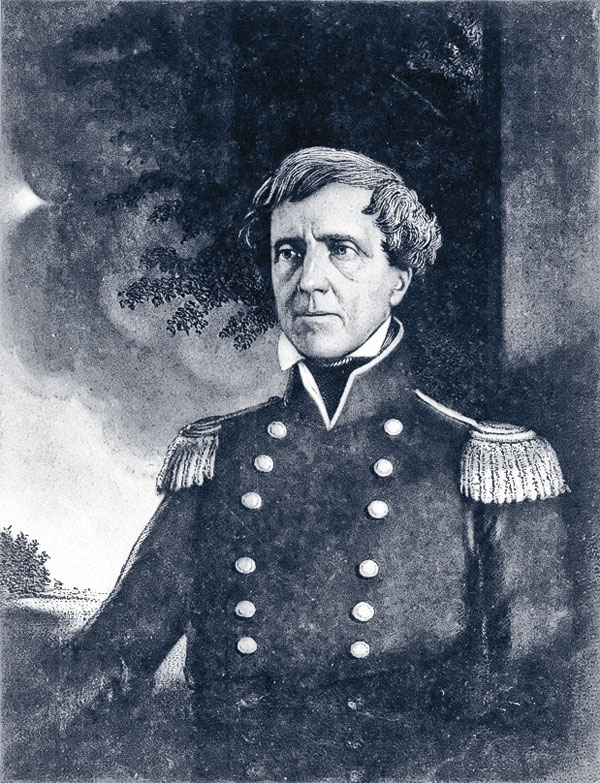
The Gorenfelds also provide in-depth biographical details about the two most significant leaders of the 1st Dragoons—Col. Henry Dodge and Col. Stephen Watts Kearny. Dodge led the Dragoons for their first three years, earning them respect as a military unit that could be counted on to maintain the peace. Kearny, who took over command in 1833, led them until 1846, when he was made commander of The Army of the West in the Mexican-American War. While Kearny died prematurely in 1848 from yellow fever contracted as military governor of Veracruz, Mexico, his 1st Dragoons Regiment would be re-designated the 1st Cavalry Regiment in August 1861. Kearny’s dedication to the fast-moving horse soldier that has captured the imagination of so many historians and authors became the foundation of the U.S. Army in the West, and he is still considered “the father of the U.S. Cavalry.”
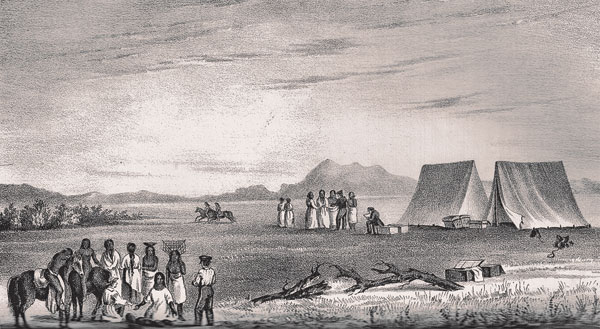
Will and John Gorenfeld’s Kearny’s Dragoons Out West has set a new standard for studying the development and role of the highly deployed cavalry in the settlement of the American West. As the Gorenfelds note in their Acknowledgement, not since Louis Pelzers’s 1917 seminal work, Marches of the First Dragoons, has an author or authors attempted to update the historic record of the 1st Dragoons in the Western United States. The father and son duo has written the most significant history of the beginnings of the real—and iconic—military branch of the U.S. Army in the West. As the Gorenfelds so succinctly summarize in their Epilogue, “The flesh-and-blood mounted arm remained for just 108 years, but the tactic and organization developed by the 1st Dragoons lived on in all U.S. mounted units well into the twenty-first century.”
—Stuart Rosebrook

